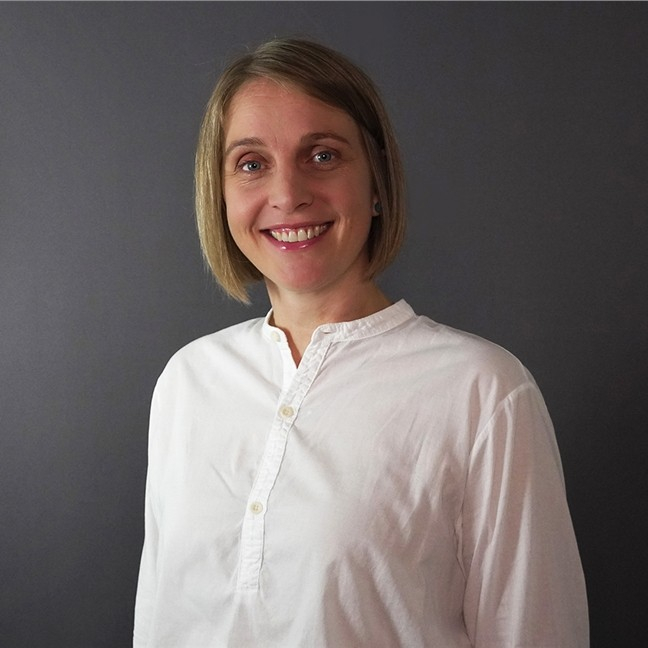Publikasjonsdetaljer
- Journal: Journal of Hydrology, vol. 620, p. 24, 2023
- Utgiver: Elsevier
-
Internasjonale standardnumre:
- Trykt: 0022-1694
- Elektronisk: 1879-2707
- Lenker:
Design flood values give estimates of flood magnitude within a given return period and are essential to making adaptive decisions around land use planning, infrastructure design, and disaster mitigation. Many hydrologic applications where flood retention is important, e.g. floodplain management and reservoir design, need design flood values for different durations. Flood–Duration–Frequency (QDF) models extend the standard statistical flood frequency analysis framework to multiple flood durations and are analogous to intensity–duration–frequency models for precipitation. Implementations of QDF models commonly assume simple scaling, where only the magnitude of the index flood is assumed to change with duration, despite empirical analyses showing a more complex dependence structure. We propose a multiscaling extension to existing QDF models where the magnitude of the index flood and the slope of the growth curve may scale independently with duration. In an application to 12 locations in Norway, we assess how three different QDF models capture relationships between floods of different duration. Incorporating duration dependency independently in both the index flood and the growth curve (extended QDF model) improves modeling of both short-duration events and events with long return periods. This model extension further expands the models’ ability to simultaneously model a wide range of durations. As measured by the integrated quadratic distance, the extended QDF model performs better than the original QDF model in 83% of the out of sample subdaily durations studied. Additionally, we find that the choice of durations used to fit QDF models is a highly influential aspect of the modeling process.
